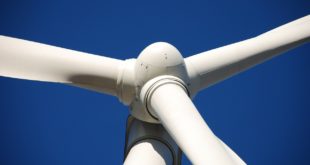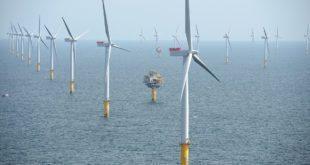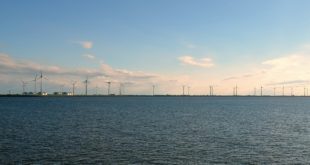What if I said you could cut your electric bill by 50 to 90 percent? Well, you can by installing a small, residential wind turbine on your property.
Improve Your Home With A Residential Wind Turbine
When you combine the cost of fossil fuels with the pollution and climate problems they create, it can all get a bit overwhelming. It is easy to find oneself wondering where to start when dealing with these problems. Given the state of fear attitude portrayed in most media, this is hardly a surprise. Surprisingly, the answers are fairly simple if you wade through the hype.
[tag]Wind power[/tag] is a renewable energy source with a lot going for it. It produces electricity by converting the inherent energy in wind through a generator in a wind turbine. It produces no pollutants of any sort and will be available to us for as long as wind exists, to wit, a very long time. Given this fact, you are probably wondering if you are supposed to build a bunch of turbines in your yard. Nope!As a conscientious person, you can do your part for the environment while saving some serious money on your utility bill. Residential wind turbines are the answer. Often given the nickname ‘small wind’, these turbines are designed to work on a per home basis. Given the right conditions, a residential turbine can produce all of the electricity you need and more. In fact, the generator will be hooked up to the utility grid and you can actually sell power to the utility if you produce more than you need.
Now, the word turbine can be a bit intimidating. When I think of a turbine, I picture something large and loud. In the case of small wind, this is not the case. The machinery makes a bit of noisy, but nothing substantial. Although sizes vary, your little power producer will be roughly three to five feet wide from the tip of one propeller to the other.
The one area where residential wind power may be a problem involves height. To make electricity, your turbine needs to get 10 miles an hour of wind. This may sound like a lot, but it often is not if you go 20 or 30 feet up in the air. To this end, you can do a search for small wind information to find out the statistics for your area.
Assuming wind power makes sense for your home, you should be able to greatly reduce or outright eliminate your electricity bill.
Rick Chapo is with SolarCompanies.com. Visit us to read more articles on wind power.
 Alternative Energy HQ solar power for homes, wind energy, and bio fuel issues
Alternative Energy HQ solar power for homes, wind energy, and bio fuel issues






